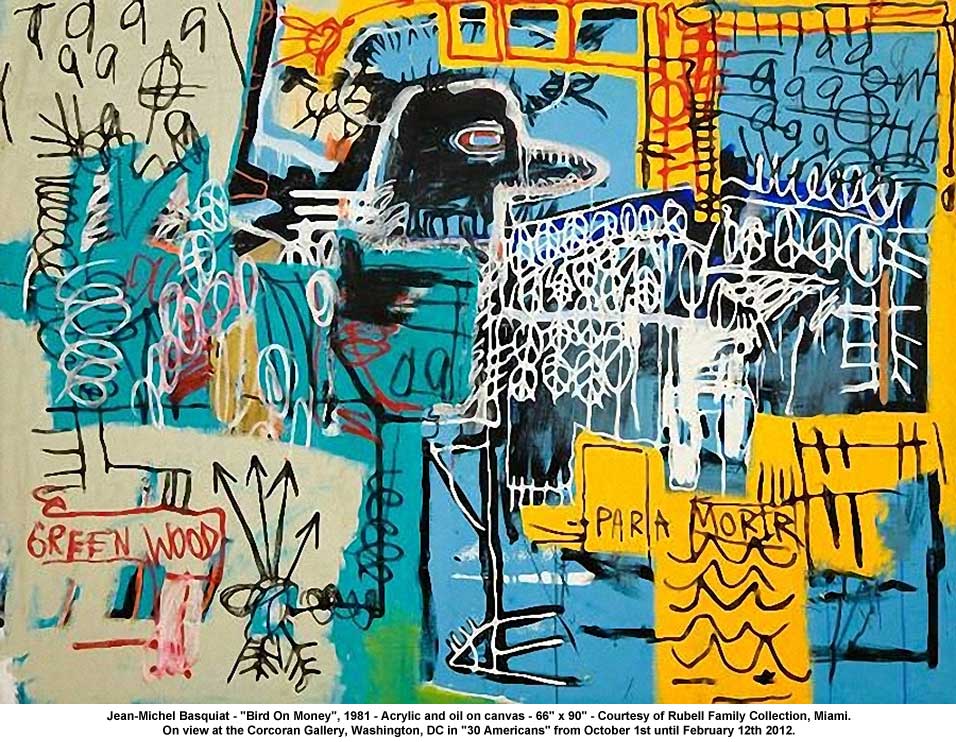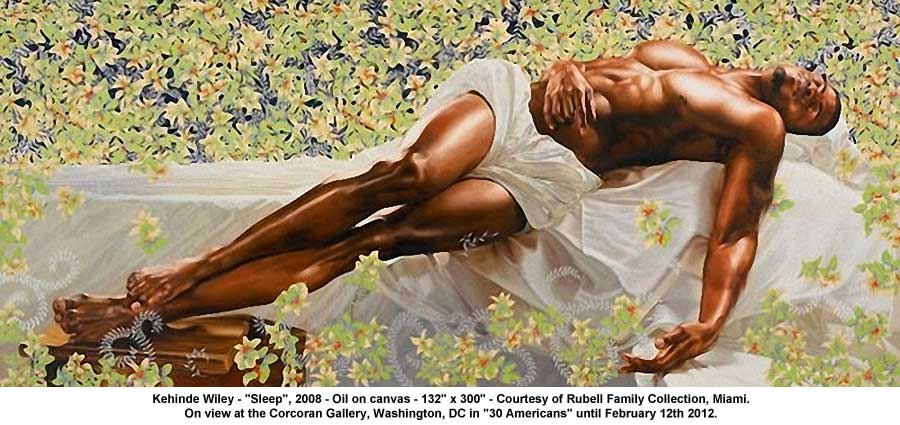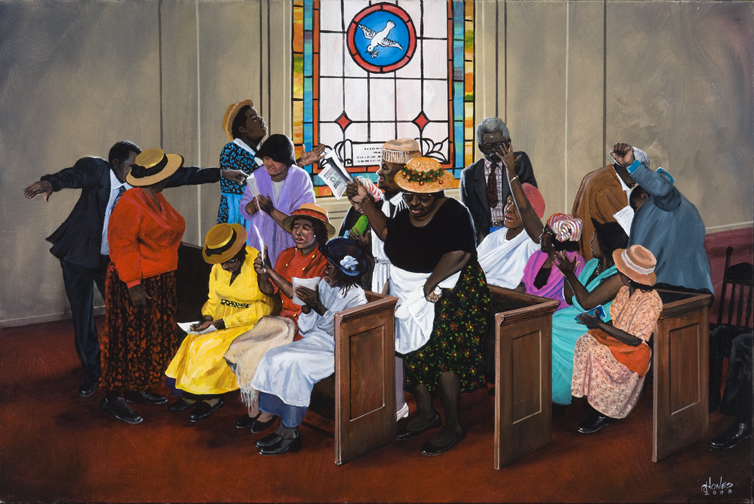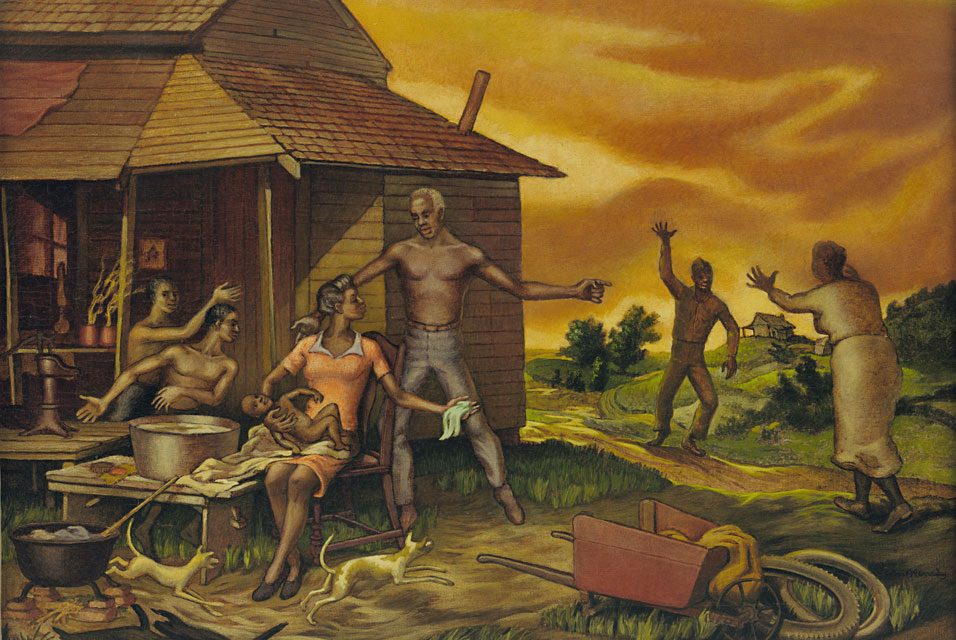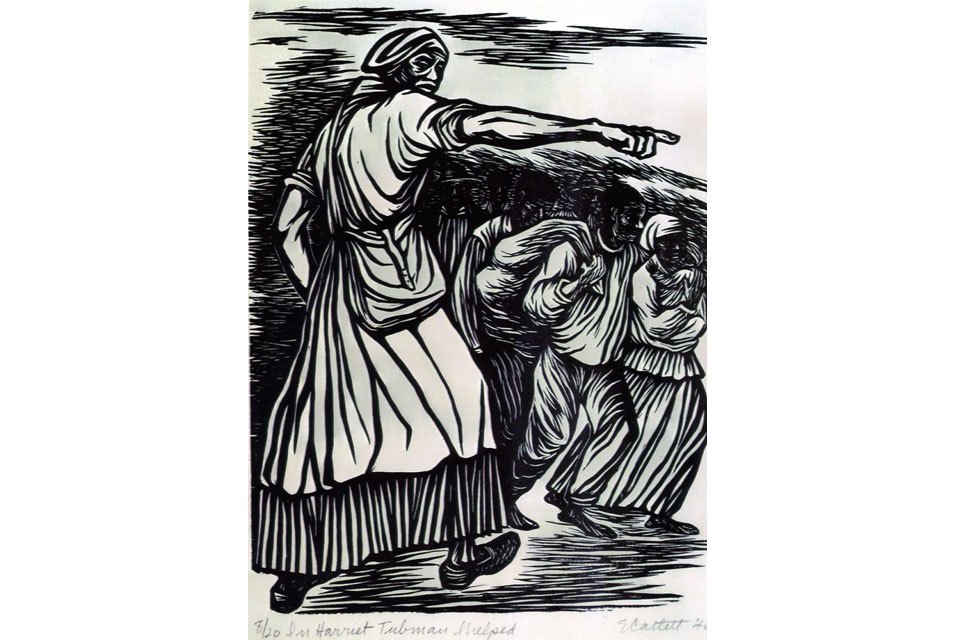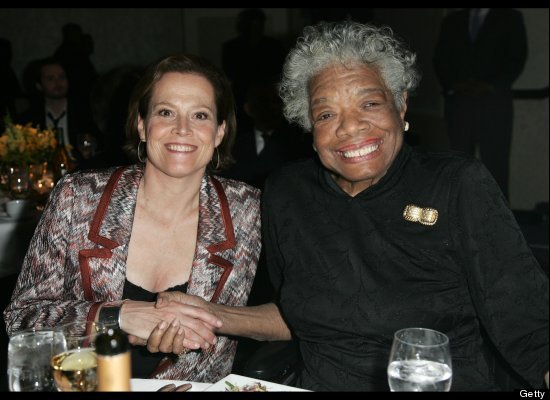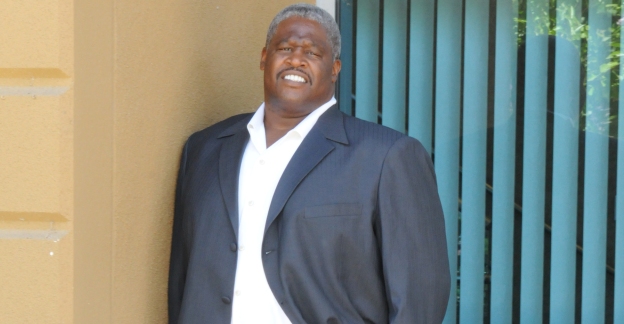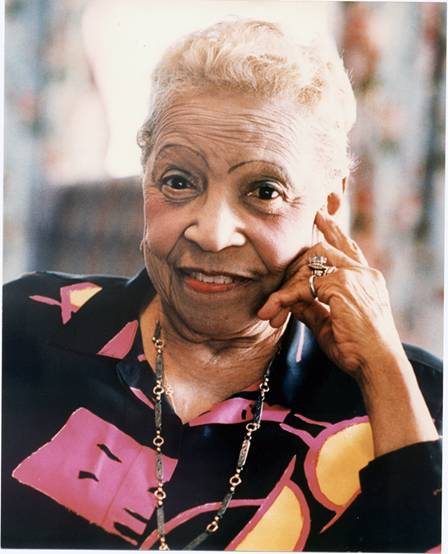
Despite a life that was plagued by both physical and emotional pain, Frida Kahlo (1907-1954) is one of the most celebrated artists of the 20thCentury. The amazing woman is one of my favorite feminist icons and even mentors.
Frida had a childhood that likely influenced the type of woman she would become. She had a unique lineage, her mother was mostly Indigenous and her father German. It was a genealogical history that Frida celebrated and often highlighted in her paintings. She was born to a family of all girls, though remained close to her father, who aggressively encouraged Frida to follow her heart. Her parents enrolled her in an elite private school where she was one of only 35 girls. It was on her way home from this school that Frida was involved in the traffic accident that would affect the rest of her life.
Frida accomplished everything with disabilities and illness that cursed her entire life. While most people know about the train accident that resulted in over 35 surgeries and a lifetime of severe pain, Frida’s physical challenges actually started at age 6 when a polio infection left her right leg smaller than the left. It is also believed that she contracted spina bhifida as a child.
Frida is known as a woman that truly took matters into her own hands. As Frida reached adulthood she began to claim to have been born in 1910 so that people would associate her with the Mexican Revolution. When she determined to become a painter to help support her family, she approached Diego Rivera, then a stranger, and insisted he mentor her, a story that now lives in infamy. (The two eventually married, although the marriage was always rocky at best.)
Frida was definitely a woman that took charge of her own destiny. I think that is really what makes a woman a feminist, the belief that you have the power to chose and control your fate.
One aspect of Frida’s personality that caused her to be so successful was her self- confidence. Perhaps all the time spent alone bedridden caused Frida to develop a healthy and honest relationship with herself. 55 of her over 143 paintings were self-portraits: “I paint myself because I am often alone and I am the subject I know best.”
Typically, Frida’s talent was not fully recognized by the world until after her death. Despite this, she is now recognized world wide as one of the most innovative and influential artists of her time.

